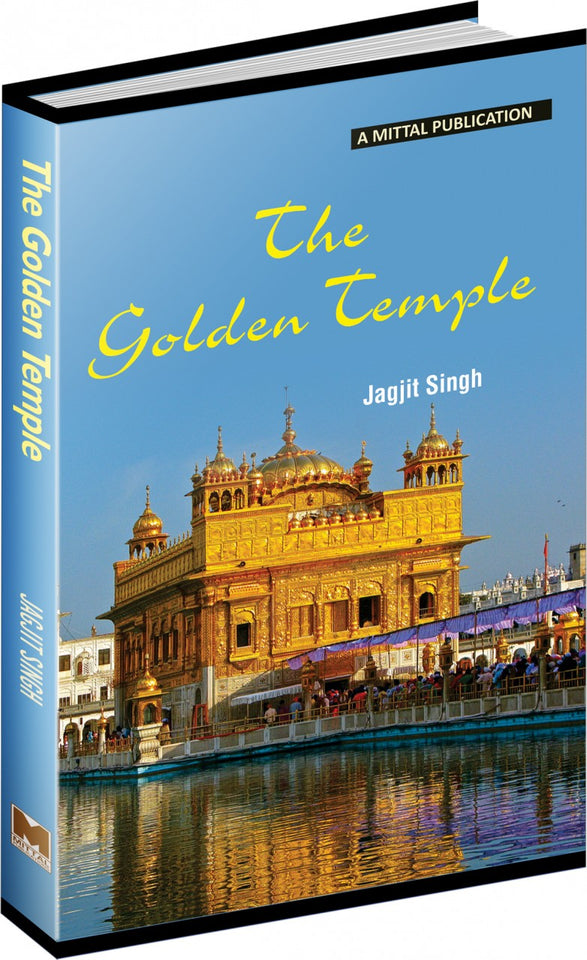The Golden Temple
Regular price
Rs. 500.00
Every religion of the world has places of worship, be they the Temples, Churches, Mosques or Gurudwaras. The number of such places of worship is quite large but there are some places, which stand apart, either hallowed by the saintly persons, the birth-places of their prophets or associated with gods or goddesses. People flock to these places for peace and tranquillity and to extinguish the fire of their worldly affairs. They want to have communion with their Lord at such places and have silent talks, appeals, prayers to redress their worries, grievances or troubles. There is one temple of the Sikhs, called Golden Temple, which is their highest holy seat. Temple of Spirituality or Golden Temple, Amritsar by S. Jagjit Singh, written in a style which is a kin to poetic prose and containing rare photographs, it is a good book to be read profitably by all. The author says that at such places, a devotee wants to have a real contact with the spiritual power beyond. According to the author, a temple is not of stone or mortar or bricks. He writes: “Those who look on merely the alabaster and the gold of this ‘jewel of architecture’ miss the Inner Spirit which pervades the whole building but for which it would have been another colourless Temple” The place where the Golden Temple now exists was a renowned place for Sadhus in ancient days. Even the Buddha is said to have visited the place and called the place unique of the places he had visited. Such a place known for its sanctity naturally had its attraction when the fourth Guru thought of constructing a Gurudwara and dig a tank there so that the devotees could have a draught of Amrita or elixir flowing in this tank. Maharaja Ranjit Singh got the Golden Temple re-built as it was blown up by Afghan invaders more than once. The history of the Sikhs is mainly the history of their Gurus. The word “Sikh” is derived from a Punjabi verb, “Sikhna” meaning “to learn”. It is name applied to the disciples of one of India’s many spiritual preceptors or Gurus, a man called Nanak. Guru Nanak (1469-1539) was the founder of this Religion and the nine Gurus that succeeded him were also called Nanaks in the Sikh tradition. Two things shine out clearly in respect of Sikhs: Their bhakti (devotion) and their bravery. The sikhs are devout and highly religious-minded people. They sweep the floors of their Gurudwaras with their own hands with pride, fan the followers with their hands during summer season and feed people in their langar (free kitchen). It is good book to be read by all. The style of the book is very charming and the reader feels that he is reading poetry. The author repeatedly stresses the point that the Golden Temple is to be given preference for its spiritual rather than for its structure. The inner gold of the Temple rather than the outer gold is to be preferred. In a way, the author suggests that a temple is a thing not to be seen, but to be felt. The book also provides information about various parts of the Temple Complex and other places of worship. In a way it is a pocket book of the sikhs—their history and their shrines. Late Prof. Ganga Ram Garg former Vice-Chancellor of Gurukula Kangri Vishwavidyalaya, Hardwar has provided his thought provoking introduction to the present edition.
Guaranteed Safe Checkout





